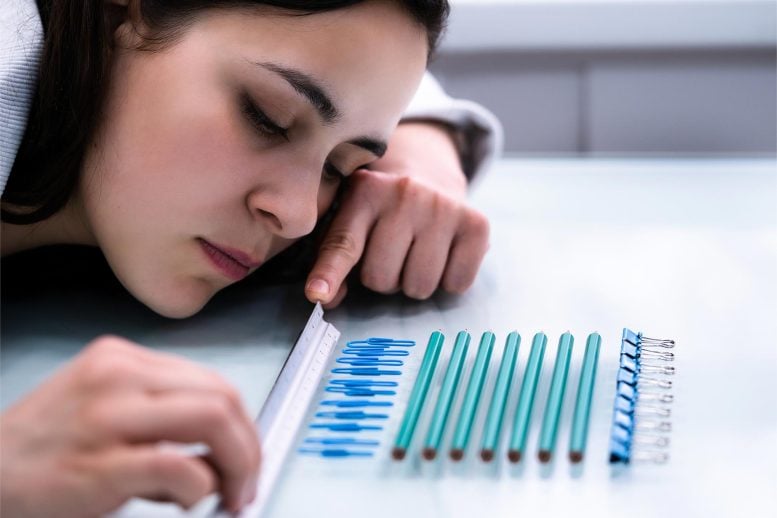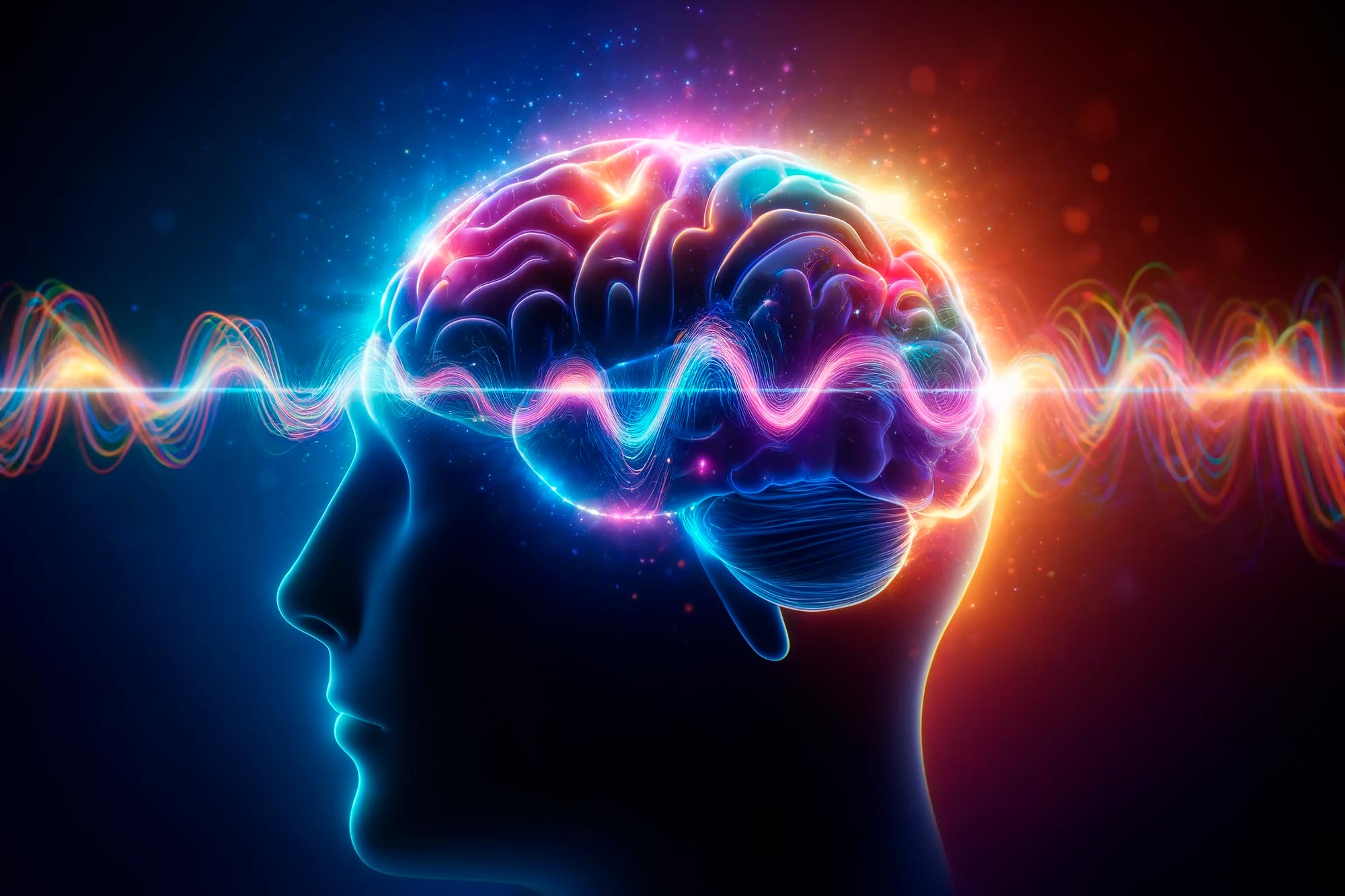Scientists discovered a neural activity pattern as a biomarker for monitoring OCD patients treated with DBS, revealing how neural signatures predict and reflect treatment outcomes. This method provides real-world insights into patient responses, enhancing therapy personalization and accessibility. Credit: SciTechDaily.com
Researchers identified a neural activity pattern that serves as a biomarker in OCD treatment via deep brain stimulation, enabling better monitoring and personalization of therapy based on real-time brain activity.
A recent study, published in Nature Medicine, has identified a specific neural activity pattern as a novel biomarker to accurately predict and monitor the clinical status of individuals with obsessive-compulsive disorder (OCD) who have undergone deep brain stimulation (DBS), a rapidly emerging therapeutic approach for severe psychiatric disorders.
The study, from Baylor College of Medicine and Texas Children’s Hospital, was led by led by Drs. Sameer Sheth and Wayne Goodman along with co-lead authors, Drs. Nicole Provenza, Sandy Reddy, and Anthony Allam.
“Recent advances in surgical neuromodulation have enabled long-term continuous monitoring of brain activity in OCD patients during their everyday lives,” said Dr. Nicole Provenza, an assistant professor at Baylor College of Medicine and McNair Scholar. “We used this novel opportunity to identify key neural signatures that can act as predictors of clinical state in twelve individuals with treatment-resistant OCD who were receiving DBS therapy.”

Obsessive-Compulsive Disorder (OCD) is a chronic mental health condition characterized by uncontrollable, recurring thoughts (obsessions) and behaviors (compulsions) that the individual feels compelled to repeat. These obsessions and compulsions can significantly interfere with daily activities and cause considerable distress.
The Impact and Necessity of DBS in OCD
OCD is a common and debilitating mental health condition that affects 2-3% of the population worldwide. About two million people in the US suffer from OCD. In severe cases, patients spend an extraordinary amount of time performing repetitive, seemingly senseless compulsions and perseverating on intrusive thoughts. OCD has a huge toll on the well-being and quality of life of patients and their caregivers and can interfere with the ability to maintain employment and relationships. While psychotherapy and medications are effective in a majority of the affected individuals, approximately 20-40% of individuals with severe OCD are resistant to these conventional treatments.
Since the early 2000s, DBS therapy has been used to modulate neural activity in specific regions of the brain linked to OCD symptoms. Many patients who qualify for this therapy have not received sufficient benefit from conventional therapies. In this treatment-resistant population, roughly two-thirds of patients show significant improvement in OCD symptoms after DBS.
Much like how pacemaker devices regulate electrical activity in the heart, DBS devices regulate electrical activity in the brain. DBS devices carry electrical impulses from the generator, typically implanted in the upper chest, via a pair of thin leads (wires) to specific target regions in the brain. Precise tuning of the stimulation parameters allows the electrical pulses to restore a dysfunctional brain circuit to a healthy state.
DBS is an FDA-approved procedure commonly used to treat movement disorders such as essential tremors and Parkinson’s disease and is increasingly being used to treat severe OCD.
“We have seen remarkable progress in the field of DBS research, a technology that has been used for decades to treat movement disorders,” said Dr. John Ngai, Director of the Brain Research Through Advancing Innovative Neurotechnologies® Initiative (The BRAIN Initiative®) at the DOI: 10.1038/s41591-024-03125-0
The research reported in this press release was supported by the National Institutes of Health (NIH) BRAIN Initiative under award number UH3NS100549, the McNair Medical Institute at The Robert and Janice McNair Foundation, and the Gordon and Mary Cain Pediatric Neurology Research Foundation and the Jan and Dan Duncan Neurological Research Institute at Texas Children’s Hospital.











/https://tf-cmsv2-smithsonianmag-media.s3.amazonaws.com/filer_public/34/31/3431771d-41e2-4f97-aed2-c5f1df5295da/gettyimages-1441066266_web.jpg)







Discussion about this post